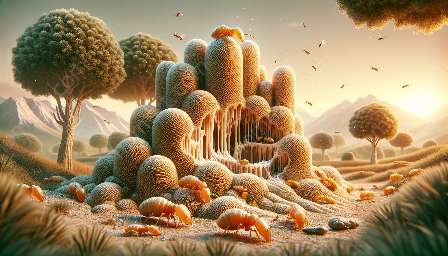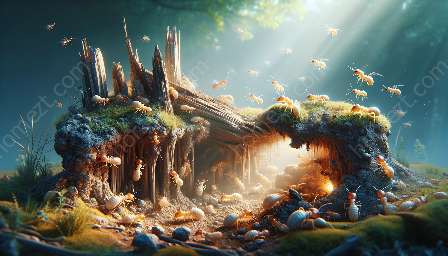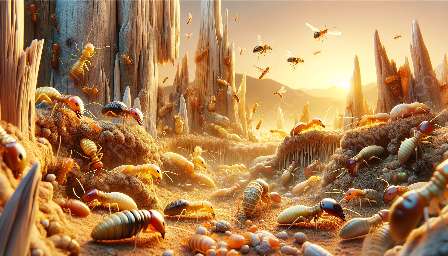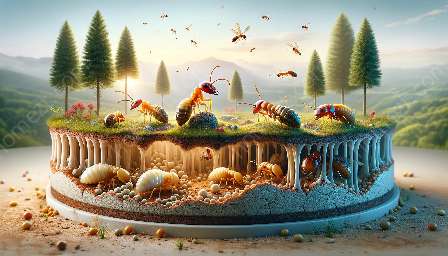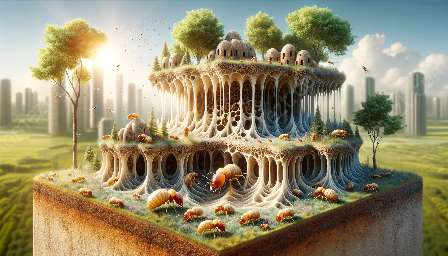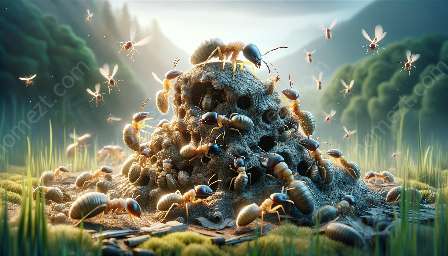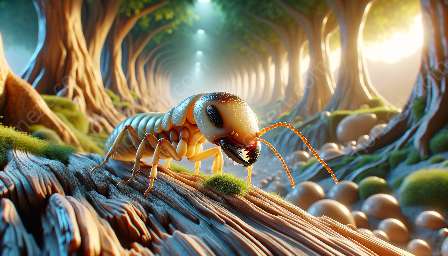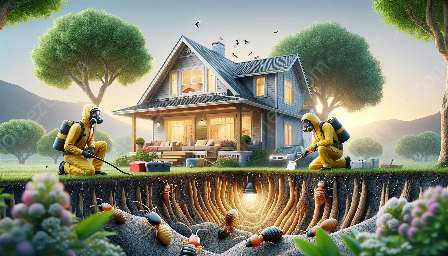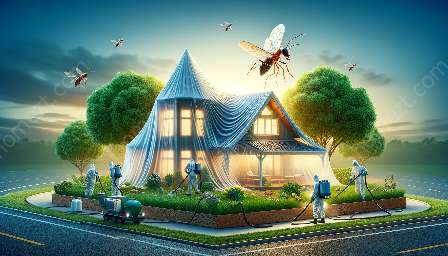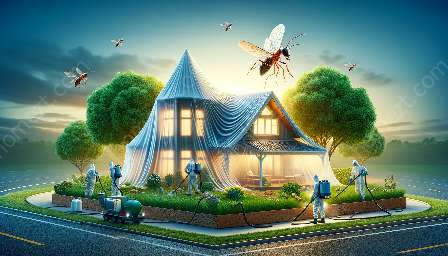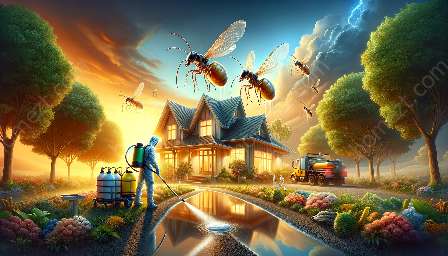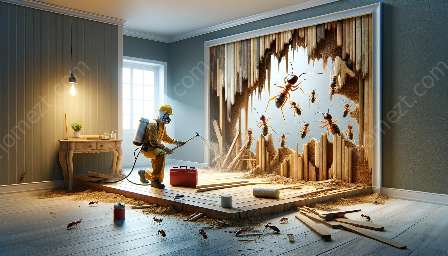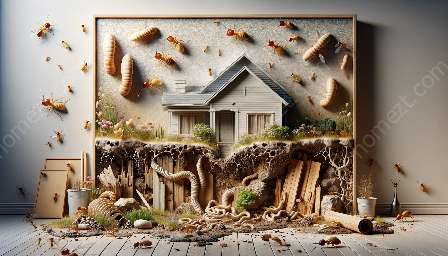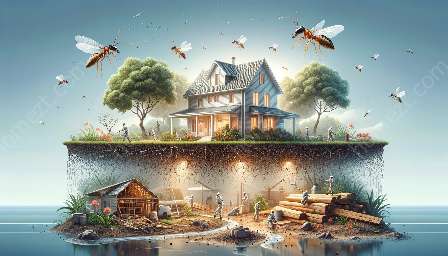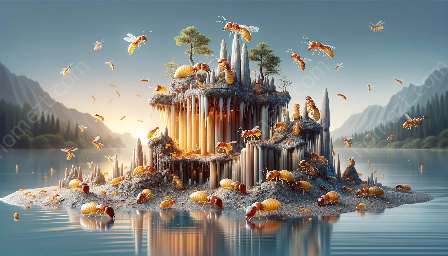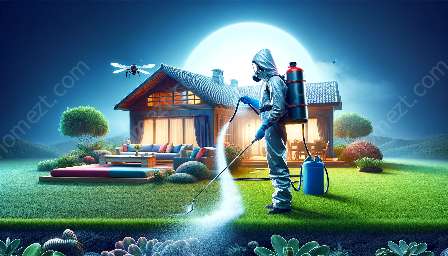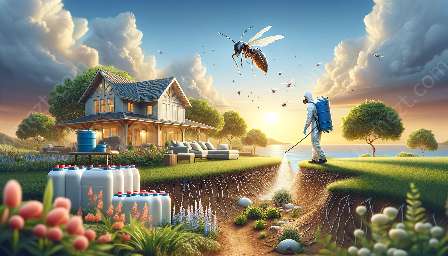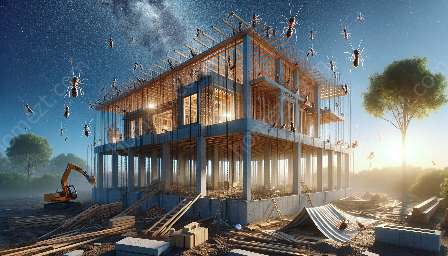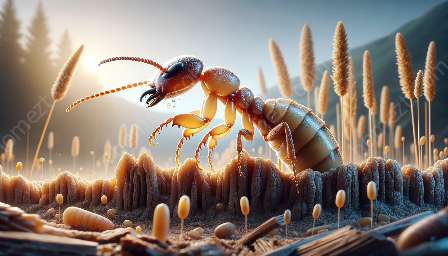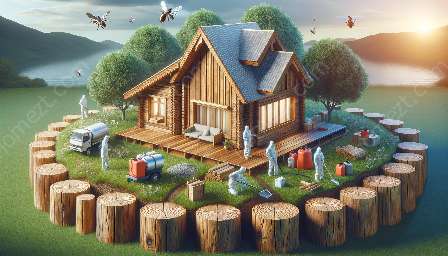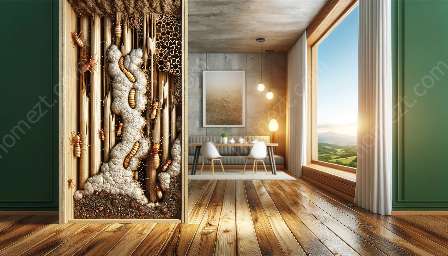Termites, known for their destructive nature as pests, have a fascinating anatomy that plays a significant role in their behavior and the methods used for their control. By understanding the detailed structure of termites, it becomes possible to develop more effective pest control strategies. In this article, we will delve into the intricacies of termite anatomy and explore its relevance to pest control.
An Overview of Termite Anatomy
Termites are eusocial insects, meaning they live in colonies with a complex social structure. The anatomy of termites reflects their unique evolutionary adaptations and serves specific functions within their colonies.
Head and Mouthparts
The head of a termite is equipped with powerful mandibles, which are specialized jaws used for chewing wood and other cellulose-based materials. Termites rely on these mandibles to break down and digest cellulose, their primary food source.
Moreover, termites have unique mouthparts that allow them to engage in trophallaxis, a process of transferring food and nutrients among colony members. This behavior plays a crucial role in the distribution of resources within the termite colony.
Thorax and Legs
The thorax of a termite is the middle segment of its body, where its six legs are attached. These legs enable termites to move efficiently through soil and wood, facilitating their foraging and nesting activities. Additionally, the hindgut of termites contains symbiotic microorganisms, including bacteria and protozoa, which aid in the digestion of cellulose, further highlighting the intricate relationship between termite anatomy and their ability to consume and utilize wood as a food source.
Abdomen and Reproductive Organs
The abdomen of termites contains the reproductive organs, crucial for the continuation of the colony through the production of eggs, nymphs, and alates (winged reproductive individuals). Understanding the reproductive anatomy of termites is essential for pest control measures to target the reproductively active members of the colony.
Relevance to Pest Control
Termites pose a significant threat to wooden structures and can cause extensive damage if left unchecked. Knowledge of termite anatomy is integral to the development of effective pest control measures. For instance, understanding the feeding behavior facilitated by their mandibles can inform the design of baiting systems and chemical treatments that target the specific vulnerabilities of termite anatomy.
Furthermore, the social structure within termite colonies, coupled with the communication facilitated by pheromones and vibrations, can be exploited for the targeted application of control measures. By comprehending the anatomical and behavioral aspects of termites, pest control professionals can strategically address infestations and minimize the impact on structures and ecosystems.
Conclusion
Delving into the anatomy of termites reveals a world of intricate adaptations and specialized structures that dictate their behavior and interactions within colonies. This understanding is vital for developing sustainable and efficient pest control strategies that minimize the impact of termites on human structures and the environment. By leveraging the knowledge of termite anatomy, we can protect our buildings and preserve the balance of ecosystems while respecting the evolutionary complexity of these fascinating insects.

